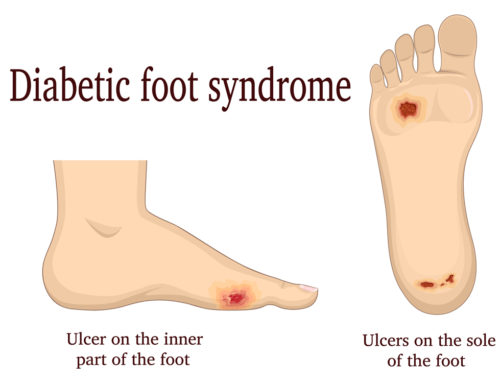3 Ways Physical Therapy Helps to Reduce Sleep Apnea
Although physical therapy is not a primary treatment for sleep apnea that causes breathing interruptions, it can be recommended to reduce its symptoms. This disorder ranges from mild to severe conditions and is often treated with airway pressure devices, oral appliances, or surgery. A few options are available to match individual conditions and improve the symptoms.
Physical therapy and exercise are known to strengthen the body, but they offer other benefits as well. Specialized exercises work the airway muscles in the mouth and throat. Treatment also includes breathing exercises, weight, and posture management, which are crucial for reducing sleep apnea.

Fairview Rehab in Queens, NY, offers inpatient and outpatient physical therapy for those battling sleep apnea and other medical conditions. Our facility includes highly trained medical professionals and state-of-the-art equipment. These allow us to customize the program to match the needs of every client. For more information on the link between exercise and sleep apnea, keep reading.
Reduce Sleep Apnea with Physical Therapy
Physical therapy works well for treating various medical conditions, such as sleep apnea. Several treatment options are available, reducing the symptoms to help individuals sleep better at night. These include myofunctional therapy, breathing exercises, and weight management. Let’s discuss these 3 ways it can help.
- Myofunctional therapy
Myofunctional therapy goes by a few names, including upper airway therapy and oropharyngeal physical therapy. It includes several exercises designed to strengthen the airway muscles, including those in the throat, mouth, and tongue.
Trained therapists guide individuals on the proper techniques to tone those muscles. They will also determine the frequency of the exercises and the duration of the therapy.
When following the guidelines, the muscles get stronger, and snoring becomes less frequent and quieter. The exercises help reduce sleep apnea in those with mild or moderate conditions.
- Breathing exercises
Breathing exercises are another method used to combat the symptoms of sleep apnea. The treatment includes a few techniques designed to retrain your breathing while awake. The body remembers those alterations, continuing the process during sleep.
As well as specialized breathing exercises, using controlled breathing techniques while singing or playing wind instruments is also beneficial. Combining these techniques helps tone and strengthen the upper airway and respiratory muscles, raise oxygen levels, and reduce sleep apnea.
- Weight management and posture improvement
One of the best ways to reduce sleep apnea issues is to lose weight and improve posture. Physical therapy and other exercises, such as walking, yoga, swimming, or weight training, are the first steps. Altering poor eating habits by choosing healthier options is also crucial for weight management. Be sure to speak to a doctor before making any lifestyle changes to ensure the safest options are chosen.
Poor weight management resulting in obesity is linked to several medical issues, including sleep apnea. The condition occurs when fatty tissue accumulates in the upper respiratory airways. Those airways partially or completely collapse when the individual is sleeping. Breathing stops during the collapse and starts again when the body forces the airway open again, often interrupting sleep.
Resources:
https://www.sleepfoundation.org/snoring/mouth-exercises-to-stop-snoring
https://www.apneamed.org/blogs/info/exercise-and-physical-avtivity-for-treating-sleep-apnea
https://pubmed.ncbi.nlm.nih.gov/31940122/
https://www.ncbi.nlm.nih.gov/pmc/articles/PMC5836788/#:~:text=In%20obese%20people%2C%20fat%20deposits,ultimately%20resulting%20in%20sleep%20apnea.
This article contains informational and educational materials and does not replace health or medical advice. For questions or concerns regarding your medical condition or health objectives, speak to a qualified physician or healthcare provider.






Leave A Comment